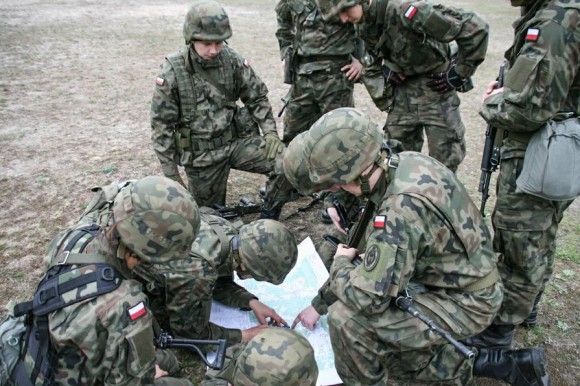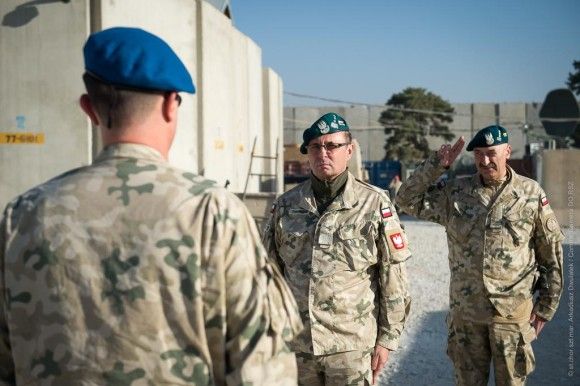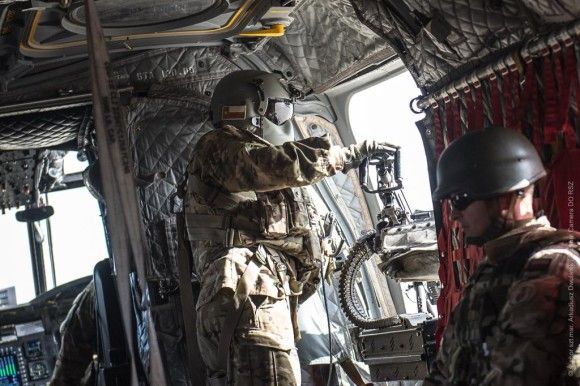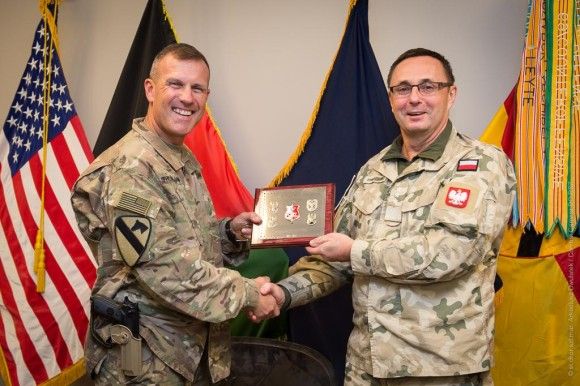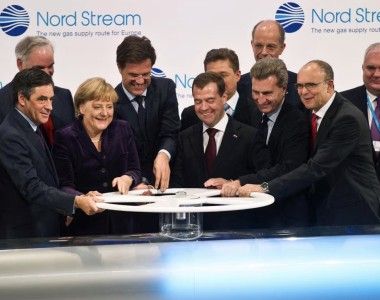Belma Mines for the Polish Armed Forces
Polish Ministry of Defence has placed an order, the goal of which is to acquire mines manufactured at the Bydgoszcz-based Belma facility. The modern equipment of this type constitutes a relevant element of inventory, both for the operational units, as well as for the newly formed Territorial Defence component of the Polish Army.
The agreement, signed in Bydgoszcz on 9th May, concerns acquisition of 375 mine packages, including 300 MPD anti-landing troop mines and 75 MPB-ZN off-route anti-tank mines. The release that had been received by us from the Polish Ministry of Defence previously, suggested that relevant procedure within that scope has been initiated on 1st March this year.
Currently, we also know that the value of the deal is defined as PLN 9 million. All of the deliveries are to be finalized before the year 2019, whereas the off-route mines would be received by the Army before November this year. The mines are manufactured by the Bydgoszcz-based Belma S.A. company, being a part of the Polish Armaments Group.
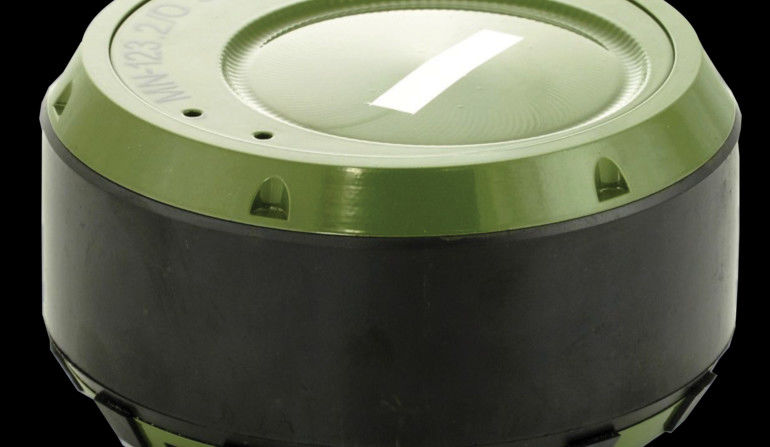
Similar armament may play a critical role, both within the operational units, as well as within the currently formed Territorial Defence component. Let us recall the fact that Polish Ministry of Defence had informed that it is willing to acquire off-route anti tank mines featuring the EFP PPFW Tulipan charge. This armament could be potentially used by the Territorial Defence units. In a longer run, one shall expect that the scope of the procurement would be expanded, especially considering the fact that a new branch of the army is being formed, with subsequent enhancement of the defence potential in the eastern area of the country also expected.
Off-route anti-tank mines are highly effective, thanks to utilization of a shaped charge within them. The electronic non-contact fuse, ability to detect and classify the targets and, in case of the most expansive systems, to attack at any preferable moment, make the aforesaid ordnance an effective weapon that could be used against vehicles.
It is used in operational scenarios, within which utilization of classic anti-track or bottom-striking mines is made more difficult or unjustified, e.g. in case of roadblocks. The armament is destined to be applied on the routes that would take the vehicles to the regions where the enemy forces are expected to regroup. The mines may also be used to create gaps in the blocks or minefields, or in the urbanized areas, in case of rivers, at ridges, in the valleys or in the forests. The hardware offered by Belma may also become a support element that could complement the front or side extremities of the minefields.
In general, the said mines may also complement the classic engineering blocks, especially in the areas where their impact could effectively enhance the natural or artificially-prepared obstacles.
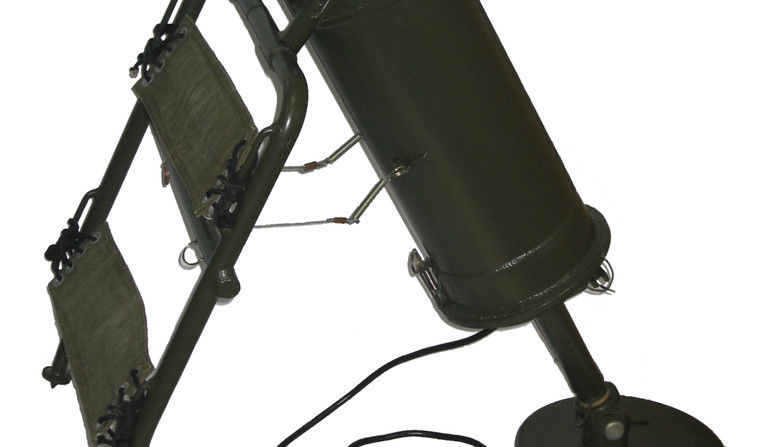
On the other hand, anti-landing-troop mine is destined to secure the potential landing operation sites at the seashore, or to protect the areas where special forces may operate, in the vicinity of the facilities or critical infrastructure located at the seashore.
One should remember that significant variety of measures is required to create blocks, along with special purpose skills and knowledge, needed to effectively apply such assets. This is connected to the specific nature of the variety of areas in which the mines are to be utilized (mountains, forests, coastal zone, urbanized areas), forcing the user to properly assess the natural properties of the given terrain and adjust, accordingly, the tactics to the expected combat needs and requirements. Thus, training is an indispensable element in the process of preparing the sappers and engineers for the operational experience.
The typical tasks carried out within the scope of preparing the given area for potential combat are related to setting up the minefields and fortifications, and preparing the given infrastructure for demolition. These are complex and work-consuming initiatives, requiring a lot of effort and skills, within organization, planning, as well as within the scope of execution. Moreover, the effectiveness of such operations is often dependent on the assets that could mechanically support the process.
In the light of the above, proper preparation of the Territorial Defence units would require well planned training activities, supported with proper financial outlays. Provision of good training for an engineering unit is time-consuming. The candidates need to exhibit readiness to continuously enhance their skills, they should also be pre-disposed for being a part of these units.
Meeting the instruction needs, Belma also offers training-aid variety (MPB-ZN/Sz) and training variety (MPB-ZN/C) of the mine, the purpose of which is to carry out training concerning the design and use of this ordnance. The MZB-ZN non-contact fuse off route mine is used for the purpose of acting against armoured and non-armoured vehicles, also to logistically support the engineering or other operations carried out for the fighting units. The non-contact fuse, coupled with acoustic (detection and acoustic analysis) and thermal (detection and thermal signature analysis) sensors, detonate the mine when the vehicle crosses the optical line of sight of the latter sensor. This battery-powered mine weighs 45 kilograms and it is 450 mm long, 390 mm wide and 700 mm high.
Its design makes it possible to program a self-destruct timer, select the target, and it also guarantees resistance to strong electromagnetic fields, or explosions of neighbouring mines. MPB-ZN mines make it possible to penetrate 100 mm RHA armour at distances of up to 50 meters.
MPD anti-landing troop mine is designed for coastal use, it is laid manually or mechanically, from naval platforms. Its main purpose is to act against a variety of landing craft, including those with degaussed hulls or the elements of these craft, or landing combat and support vehicles.
The effect occurs once the target appears within the radius of up to 5 meters from the mine, or once the target appears directly above the charge. The mine weighs 69 kilograms, its dimensions are 670/270 mm. The charge features a non-contact magnetic fuse, a battery-powering unit and a self-destruction mechanism. It may be used at depths of up to 5 meters. Two independent protection systems are fitted within the mine, preventing the fuse from getting armed automatically.
PPFW Tulipan light off-route mine may be easily attached to trees, posts or other objects, which allows the soldiers to use it to attack the weaker points of the armour of the vehicle - e.g. the top-side. The mine features MITL automatic mode of operation, thermal and acoustic sensors and programmable self-neutralization system. The weight of the mine is 7 kilograms, it is 300 millimetres long, 180 millimetres wide and 150 millimetres high. The mine may remain active for 30 days, it is capable of penetrating 60 mm RHA at distance of 50 meters. The fuse is compliant with the NO-13-A233:2015 norm. The detonator is a high-voltage one, which diminishes the risk of detonation when the mine is being armed.
The mine, as a weapon, has always been simple in design and use, and highly effective, in applications that were reasonable and well-thought over. Initially, the simplistic design was evolving, to meet more and more complex requirements of the battlefield and to stay resistant to more and more advanced methods of eliminating the minefields. The mines that are used now are often very complicated and modern, yet, they are still an economic and effective weapon.
The high level of effectiveness of the mines should be proven by the fact that during the WW2, around 20% of the tanks were eliminated by this type of ordnance, with the same statistic going up to 60% during the Korean war, to reach the level of 70% during the Vietnam war.
The need to use the engineering blocks, hence, still plays a crucial role in contemporary conflict scenarios. The current operations (as well as unconventional hybrid or asymmetrical tactics) lead to a situation in which there is no chance to effectively act against the enemy in all situations, in short time and at any location.
One of the forms of resistance, in such context, is to use special blocks, including mine-based blocks, in the areas where the enemy’s presence is expected, also in order to force the enemy to follow our own operational context, and also to protect the critical and important infrastructure. This is especially important in a situation in which the potential enemy has a quantitative advantage in case of his conventional units, whereas delaying his movement makes it possible for the allied reinforcements to arrive and provide relevant support on the battlefield.
